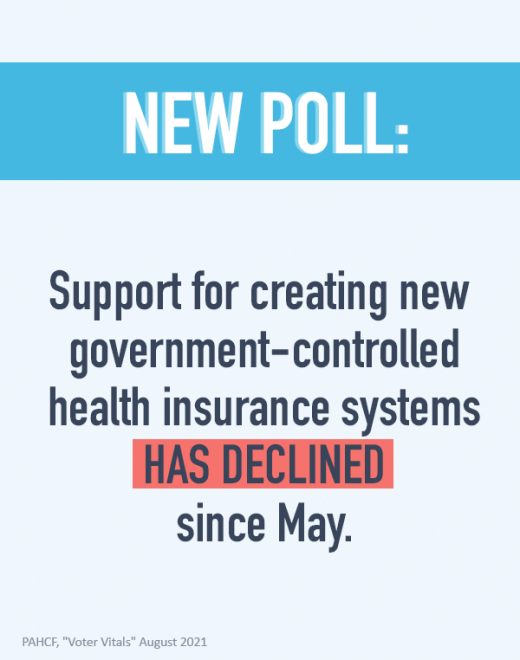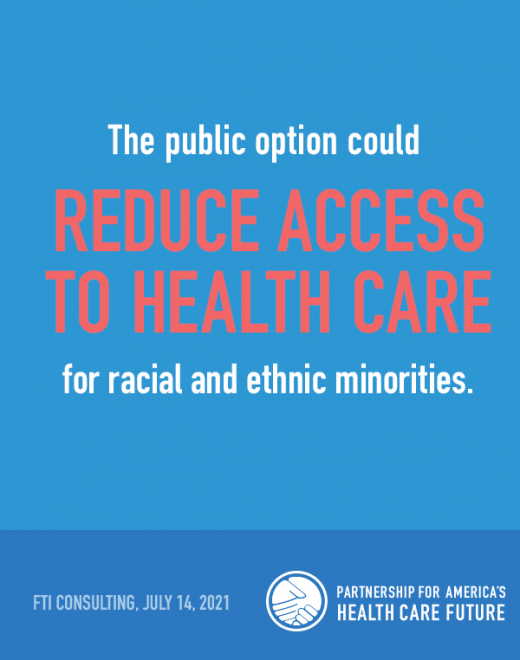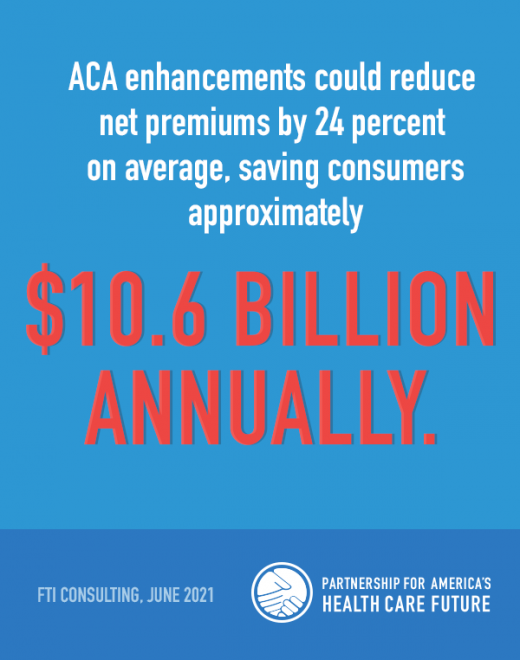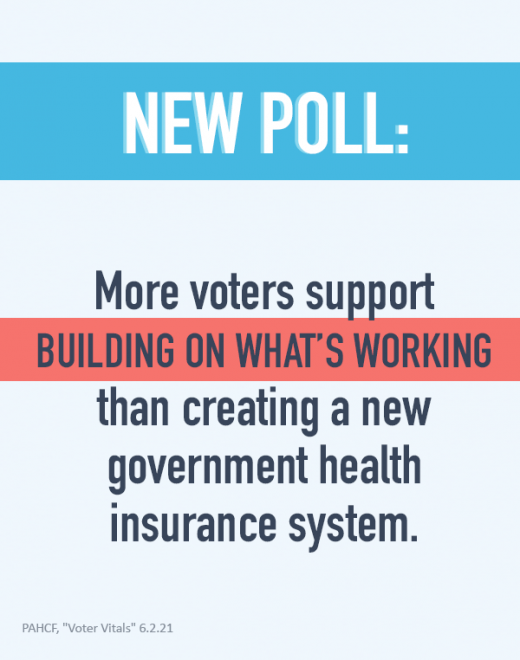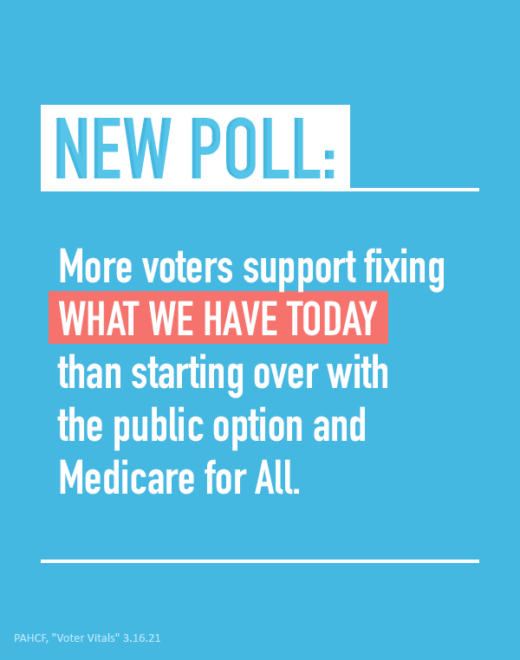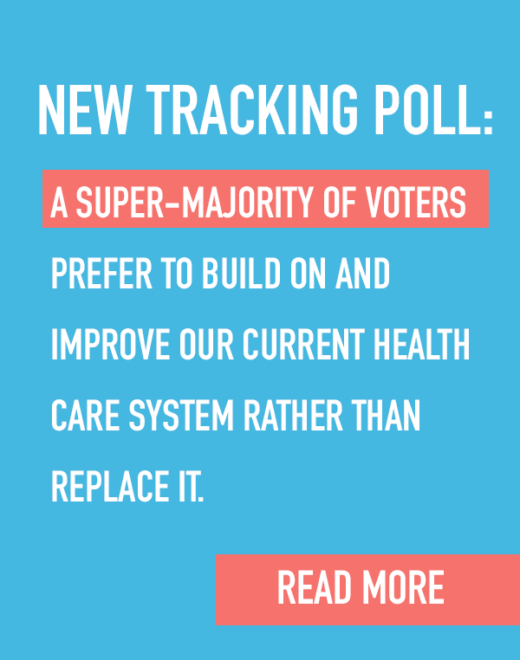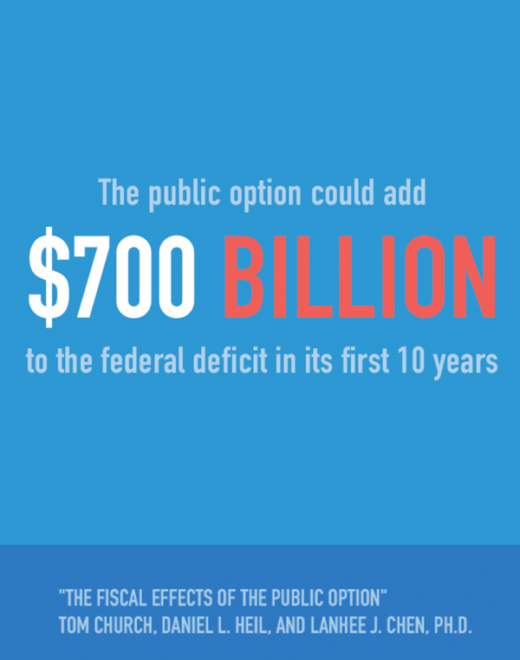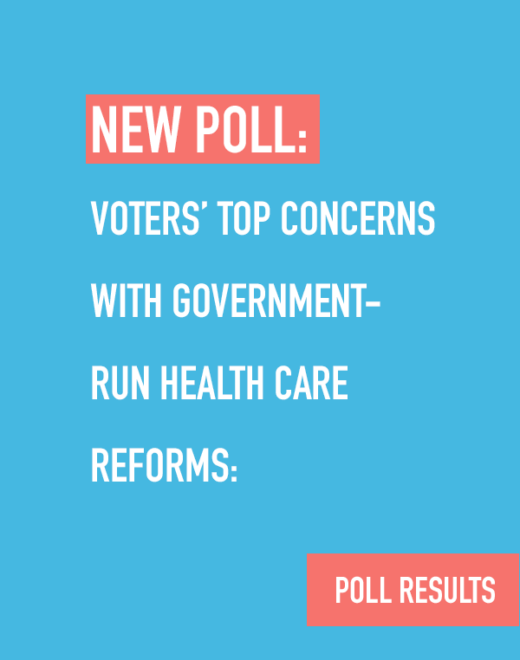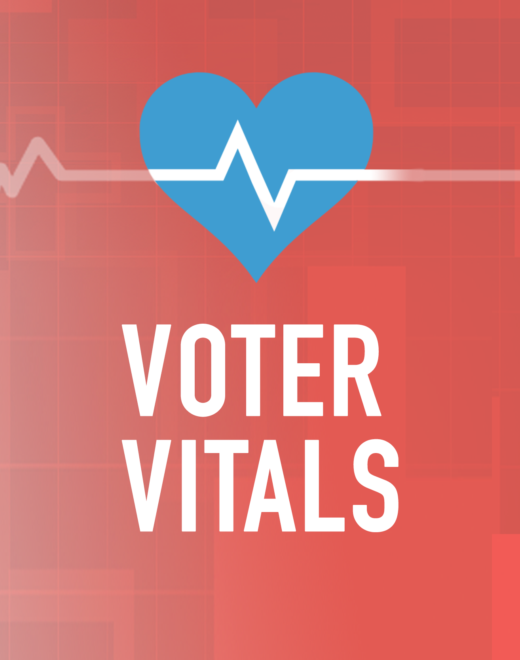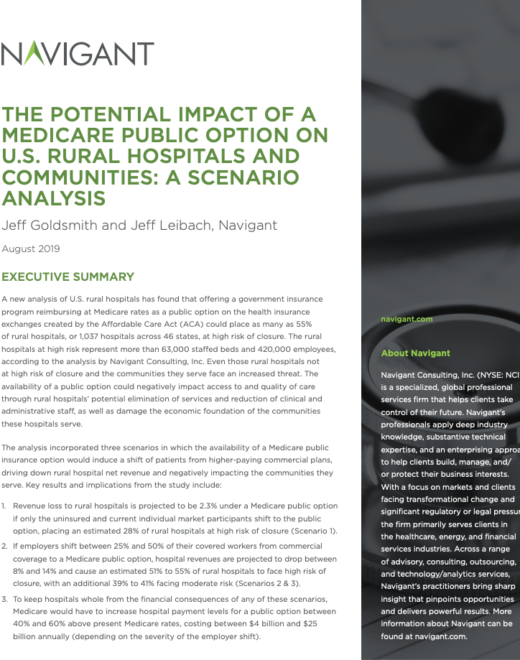Under the public option and other similar one-size-fits-all proposals, American families would face the same consequences as they would under Medicare for All. Employer-provided coverage will be eroded by a new government health insurance system, so patients will see fewer and fewer options until only a one-size-fits-all government-controlled system remains.
What Is The Public Option?
- The public option would create a new government-controlled health insurance system.
What Does That Mean For Me And My Family?
Think these new government health insurance systems are different from Medicare for All? Think again. Even supporters of the public option admit that it’s designed to lead to the elimination of choice and control Americans have today through competing private coverage options and result in a one-size-fits-all health insurance system run by politicians in Washington.
These new government-controlled health insurance systems are a slippery slope to a one-size-fits-all system run by politicians, where American families would feel the same consequences as they would under Medicare for All.
- It will take away the choice and control millions of Americans enjoy under our current health care system, where the free market and government programs work together to provide high-quality health care to more Americans than ever before.
(KNG Health Consulting, LLC, 10/22/19; Gallup, 12/7/18) - It would force Americans off their current plan and into a one-size-fits-all government health insurance system run by politicians.
(KNG Health Consulting, LLC, 10/22/19) - Under a one-size-fits-all government health insurance system, patients are likely to see longer wait times and a lower quality of care.
(Congressional Budget Office, 5/1/19)
- Expanding at-risk programs like Medicare before stabilizing them would threaten access to quality care for our nation’s seniors.
(Kaiser Family Foundation, 9/3/20) - And every American would have to pay more than double in income taxes to fund this $32 trillion system over a decade.
(Committee for a Responsible Federal Budget, 10/28/19)
Higher Costs …
- The public option could raise “taxes on middle-income families by over $2,000 a year,” or “increase deficits by almost $800 billion over ten years.” This deficit increase is $100 billion larger than estimates from an earlier study conducted in January, which found the public option could have increased 10-year deficits by $700 billion. (Tom Church, Daniel L. Heil, and Lanhee J. Chen, Ph.D., 10/20/20)
- The public option “would eventually become the third-largest government program. The prospect of a costly new government program comes at an inopportune time … Without major spending reforms, avoiding this unprecedented increase in the federal debt will require significant tax increases.” (Tom Church, Daniel L. Heil, and Lanhee J. Chen, Ph.D., 10/20/20)
- The public option could increase personal income tax rates by 18 percent across the board, pushing the top marginal tax rate to over 50 percent. (Tom Church, Daniel L. Heil, and Lanhee J. Chen, Ph.D., 10/20/20)
…Or Worse Care
- Already operating under razor-thin margins, the public option could increase revenue losses for hospitals in rural and underserved communities by more than 40% – threatening access to affordable, high-quality care. (FTI Consulting, 8/13/20)
- The public option “would only exacerbate stresses on the health system. Instead of improving access to care and supporting health system capacity, the public option could instead leave many Americans worse off.” (FTI Consulting, 8/13/20)
- Nationwide, America’s hospitals and health care providers could face a 60% increase in revenue loss, which could hurt the nation’s ability to respond to the next public health crisis.(FTI Consulting, 8/13/20)
What They Are Saying
- The Wall Street Journal reports that new government health insurance systems like the public option represent “stepping stones to single payer.” This fact has been acknowledged by journalists, analysts and Democratic presidential candidates:
- The New York Times reported that the public option “could be plenty disruptive” and “tilt in the same direction” as Medicare for All.
- As The New York Times reported, the public option “could shake up the private market and also wind up erasing some current insurance arrangements … There’s also the possibility that linking public-option coverage to Medicare could cause some doctors to stop accepting Medicare patients, [Sherry Glied, the dean of the N.Y.U. Wagner Graduate School of Public Service, and a former health official in the Obama administration] said. That would be another form of politically risky disruption.”
- Eric Levitz of New York Magazine writes, the public option “would not allow all Americans to ‘keep their private insurance if they prefer it’” and “would guarantee massive disruptions to private coverage.”
- NBC News reporter Jonathan Allen explained to viewers that “[t]he public option is essentially a back door to Medicare for all. You can say all day long if you want it’s not Medicare for all. But this is a different packaging of how to get there.” (“Biden Releases Plan To Keep Obamacare,” YouTube, 7/15/19)
- The public option “could also lead to a 10 percent increase in premiums for the remaining pool of insured people.” (Reed Abelson, “How a Medicare Buy-In or Public Option Could Threaten Obamacare,” The New York Times, 7/29/19)
- Another study by KNG Consulting found that “[f]or hospitals, the introduction of a public plan that reimburses providers using Medicare rates would compound financial stresses they are already facing, potentially impacting access to care and provider quality.”
- “[A] government buy-in that attracted older Americans could indeed raise premiums for those who remained in the A.C.A. markets, especially if those consumers had high medical costs.” (Reed Abelson, “How a Medicare Buy-In or Public Option Could Threaten Obamacare,” The New York Times, 7/29/19)
- “[A] government plan that attracted people with expensive conditions could prove costly.” (Reed Abelson, “How a Medicare Buy-In or Public Option Could Threaten Obamacare,” The New York Times, 7/29/19)
- And a report found that an effort to implement the public option in Colorado, “could imperil thousands of jobs in the health-care industry or take hundreds of millions of dollars out of the state’s economy.” (Ed Sealover, “Colorado Public-Option Insurance Plan Could Cost Health-Care Jobs, Study Argues,” Denver Business Journal, 9/10/19)
Videos
Key Numbers
10%
That’s the increase in premiums Americans could expect to pay under the public option.
60 MILLION
the number of Americans who could lose their current hospital under a government-controlled system like the public option.

















